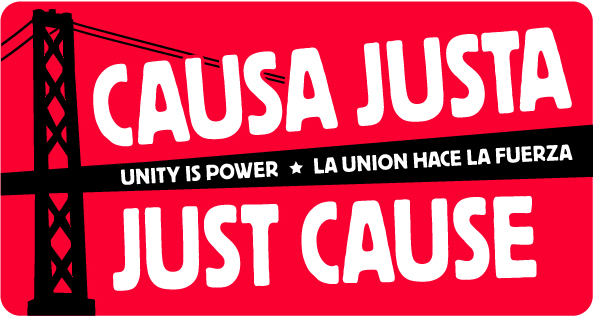By Maria Zamudio

Photo: David Lumb | August 17/animalnewyork.com
The disappointment and devastation felt in 2010 when the federal DREAM Act did not pass in the Senate was huge. Not only because of the amount of work that went into getting the federal DREAM Act to a Senate vote, but because the “allies” DREAMers thought they had (Senate Democrats) failed to provide the support the bill needed. The bill fell 5 votes short, 5 votes short of providing a direct path to citizenship for millions and their families.
However it did not dishearten those pushing the DREAM movement forward and it served to clarify several things. Such as, what DREAMERs could realistically expect from elected officials; that creative options needed to be developed; and that there would have to be a broadening of goals leading to a shift in the framing of the DREAM movement.
It could no longer be undocumented students and the rights they deserve (as high achieving young people), but rather it had to become a vision for the decriminalization of migration and against the marginalization of all immigrants.
This is the context in which the deferred action victory must be seen if we are to fully realize this vision.
While Deferred Action provides the reliefs for DREAMers that were denied in 2010 and is a much needed to win, it is not the end of the fight for multiple reasons. One being that Deferred Action is not a path to citizenship, it is temporary, and can be revoked at any time, as it is an administrative decision and not a law.
The President through administrative power has decided to remove the threat of deportation and provide work permits for youth under 30 with no criminal record, who are in school or have a high school diploma/GED, arrived in the US before the age of 16 and have been continuously in the country since 2007.
This decision has a lot of specific prerequisites, it provides relief for only a small group of people and runs the risk of being used to leverage one “type” of immigrant against another. Deferred Action provides no relief for undocumented youth with previous and/or current involvement in the criminal justice system, — which is ever-expanding and run on corporate greed –, nor does it offer relief to anyone over the age of 30 or youth who do not meet the education requirements. Because of these reasons, Deferred Action must not be perceived as the “cure-all” for all underlying causes of immigration injustice.
In the years that DREAMers have been organizing, our concerns and goals have been clarified and widened. In lieu of institutional support DREAM activists, artists and professionals have created and sustained a system of support and infrastructure to answer our questions, point us towards resources and push each other to succeed.
It is from this experience, and the fact that not everyone’s path looks like that of a DREAMer that came the understanding that a win for immigrant justice is bigger than DREAMers. And that it needs to be so in order to ensure that the DREAMer story and identity is not used to further marginalize immigrants in our community whose lives do not fall within the DREAMer narrative.
Deferred Action is not the solution, and it is a huge victory that needs to be celebrated for the kind of win that it is. A large group of young undocumented people, a lot of them young women, across the nation standing their ground, strategically implementing direct action tactics and putting their bodies and futures on the line resulted in the President finally doing something.
This moment should be recognized for the type of movement builders that DREAMers are: skilled and passionate organizers who know how to navigate a complex fight with clear goals and effective tactics and will continue to do so.
Deferred Action is only part of the victory, how it came about and by and by whom is a part of this story that should not be overlooked. That — and that the fight is going to continue, because we dream big and our big win is still coming.

